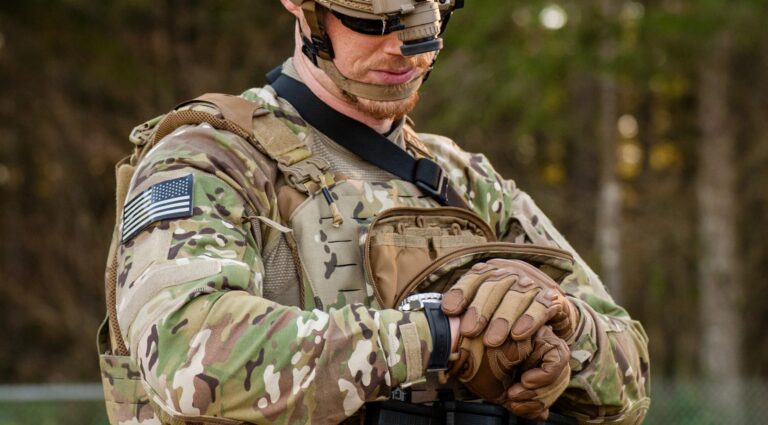jamie weiss
Along with diving and aviation, one of the greatest sources of inspiration and storytelling in modern watch design is the military. Many horological innovations and stylistic developments, such as the field watch, the Flieger, and the rotating bezel, have their origins in war. Watch enthusiasts love the romance and aesthetics of a durable timepiece on the wrist of a strapping soldier. Watch brands similarly like to trade on the allure of espionage. Usually you’re dealing with a fictional spy like James Bond, but sometimes (almost implicitly) you’re dealing with real-world agents.
Of course, a lot of this is just storytelling. Just as few professional divers use a mechanical diver’s watch as their primary dive timer, most spies and soldiers do not wear mechanical watches. But at the same time, the world’s militaries and intelligence agencies may be some of the only remaining specialized areas where there is a true use case for mechanical watches.

The primary reason mechanical watches continue to play an important role in the military and intelligence fields is that there is a strong safety argument for mechanical watches. “In many military settings, electronics, quartz movements and smart watches are prohibited due to traceability concerns,” says the independent Norwegian watchmaker, who has built its business primarily as a military contractor and maker of custom unit watches. Henrik Lai, CEO of manufacturer Micromilspec, says: – I’ll explain.
“For example, in sensitive environments such as control rooms or classified operations, electronic devices can be monitored or tracked, putting security at risk. In contrast, This is allowed because automatic watches do not have the same vulnerabilities,” says Lai.


This concern is not unfounded. Back in 2017, fitness tracking app Strava published a global “heatmap” that visualized the exercise routes of hundreds of millions of users. But, as the Guardian reports, the layout, location, staffing and daily operations of military bases and spy outposts around the world, including a US military base in Afghanistan, have also been revealed. Soldiers’ jogging routes, whether in hallways or along base fences, were lit up for the world to see thanks to smartwatches and fitness trackers worn on their wrists. That’s a major operational security flaw…


Of course, if you have a mechanical watch, you don’t have to worry about that. Another argument in favor of mechanical watches is that, unlike quartz watches or smart watches, mechanical watches are theoretically resistant to electromagnetic pulse (EMP) attacks. While non-nuclear EMP weapons remain largely fictional (at least for now), nuclear electromagnetic pulse and NEMP weapons are very real. As the Washington State Department of Health stated, “A 1.4 megaton bomb approximately 400 miles over Kansas would destroy most unprotected electronic equipment throughout the continental United States.”
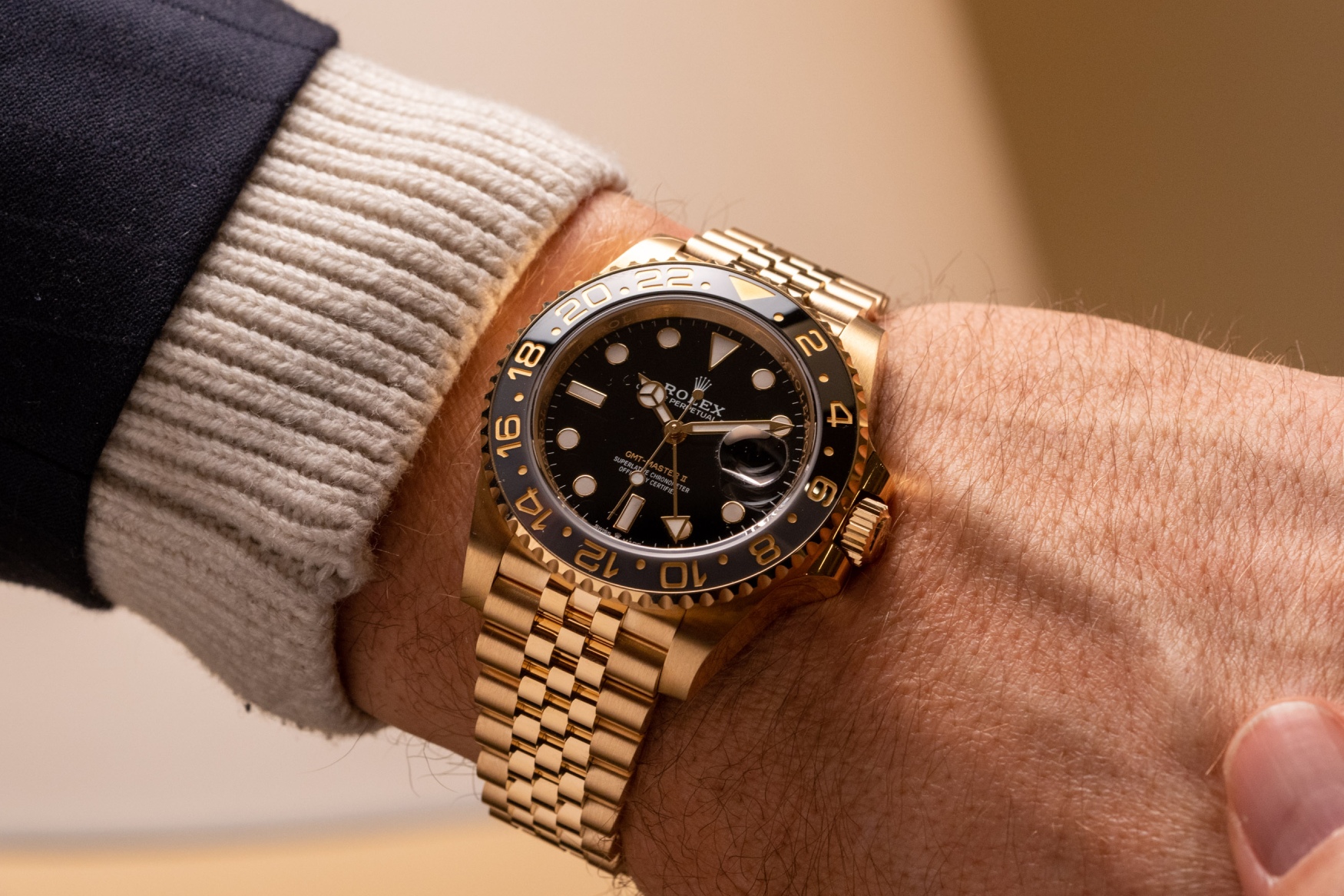

However, there is also a use case for wearing an expensive mechanical watch as an intelligence officer. Precious watches are useful tools of the trade. Watches of Espionage (WoE) is a great watch blog run by an anonymous former undercover CIA agent, specializing in the intersection of watches and espionage. This blog explains that a good watch can be used to curry favor with an asset, or if it’s really bad, the watch can be used. Hitting the fan can (theoretically) be used to remove yourself from an awkward situation on the field. It’s an old-fashioned idea that a gold watch is always worth at least its weight in gold, even for us civilians, and watches can also be conversation starters.
“Digital tool watches from G-Shock, Suunto, Timex, and Garmin are more effective watches for the average warfighter, but they are also useful for building relationships, recruiting sources, and working with third-country intelligence services. For focused intelligence agents, it’s a watch. It plays a role both in shaping professional perception and in building relationships through gifts,” he explains.
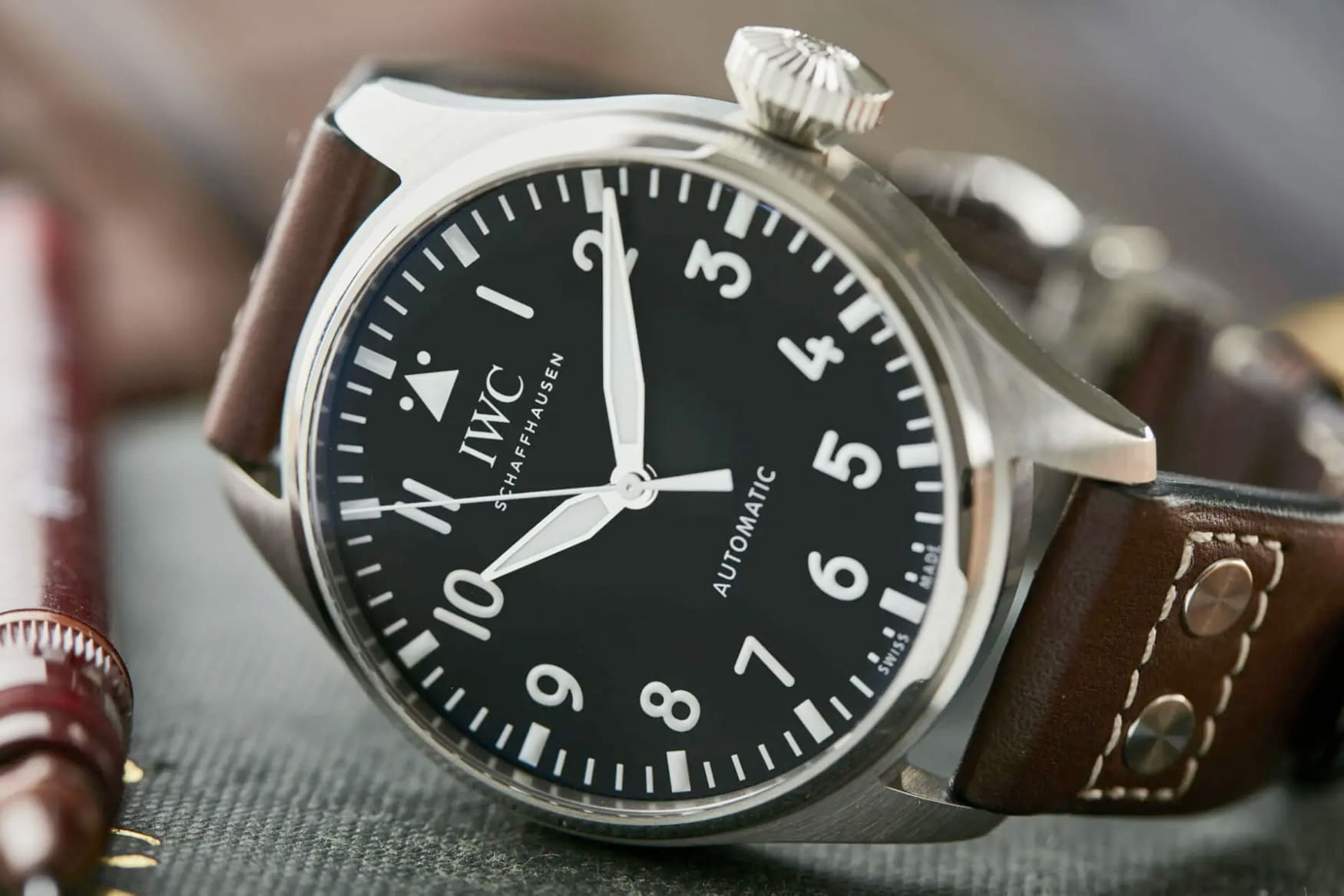

The classic quartz versus mechanical debate also rears its ugly head when considering military/intelligence applications, he elaborates. “There is a debate within the Intel/Spec Ops community as to whether a quartz or an automatic is a better tool watch for operations, but I believe it is a reliability issue, not a security risk issue. Of course, quartz movements are great at keeping time, but the trade-off is the possibility of a dead battery, which is always the case in modern military watches (CWC SBS, Marathon, Elliott). Brown) are actually all quartz, except maybe the gin for the Germans.


But the million-dollar question: what do ghosts and soldiers actually wear these days? “There are definitely brands that Mil, Intel and Spec Ops gravitate to,” says WoE. I say. “Seiko is definitely more common due to its ruggedness, affordability, and connection to tradition, but Christopher Ward and Bremonts are more commonly seen thanks to the Unit Watch program. , Tudor and Omega are common, as are Breitling and IWC. Rolex was common in the 90s and 2000s, but is now very expensive and hard to find.
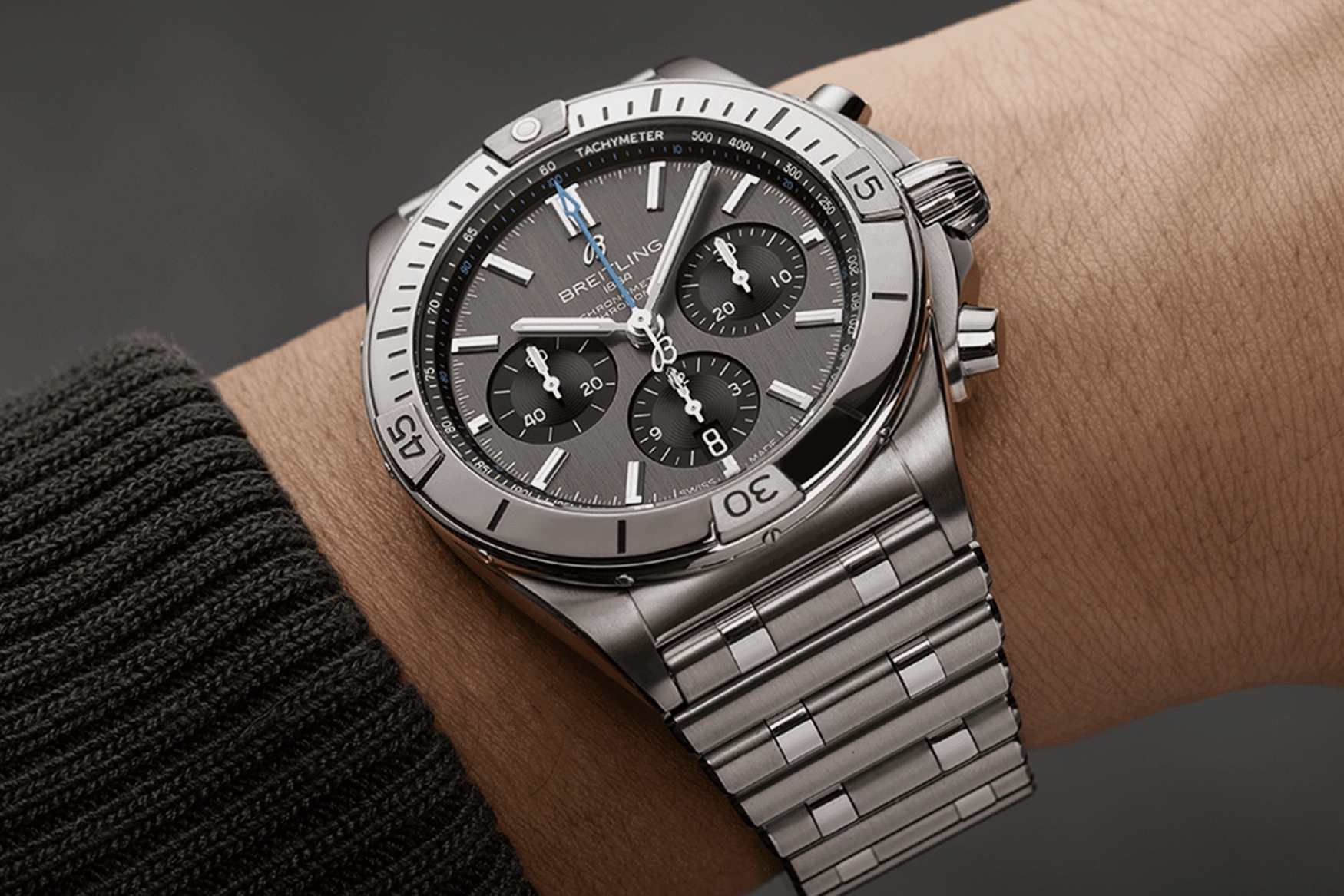

This touches on a good point. Brands with established force monitoring programs, like the aforementioned brands and independent brands like Micromilspec and Bausele, are always popular among intelligence and military personnel. But despite what I’ve written so far, the reality is that, like civilians, the choice between quartz/smart and mechanical is often due to aesthetic or economic reasons. It’s a thing.
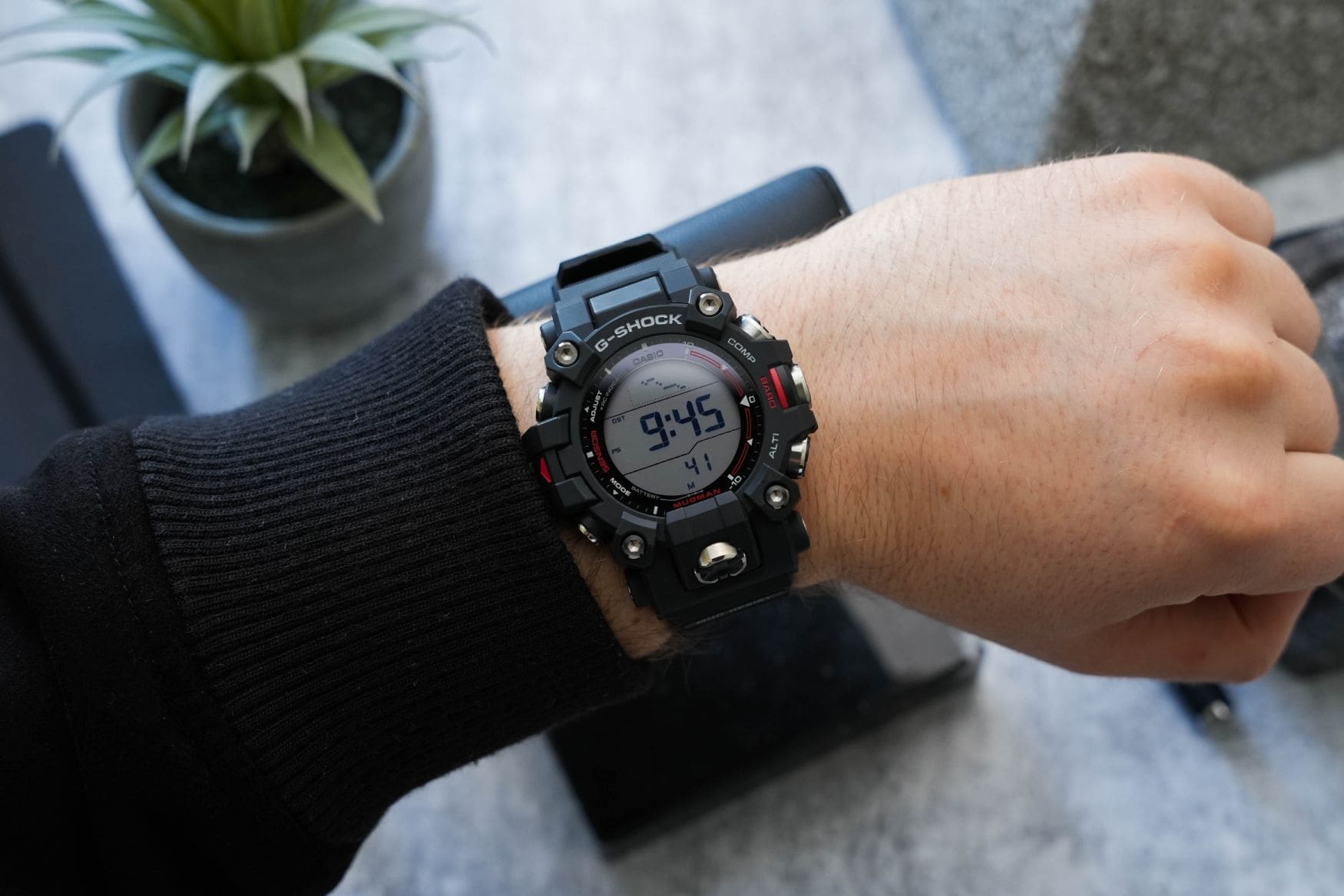

WoE says: “For the most part, I would argue that the current adoption of automatic watches in the military and intelligence industry is more due to culture than actual practicality…Digital tool watches, and now smart watches, It’s the most common watch worn by people in the Australian Defense Force.” Anecdotally, when I contacted family members who serve in the Australian Defense Force, their view was that most of the watches they knew were I was told that the ADF personnel were simply wearing G-Shocks. So maybe this is just a story too.
